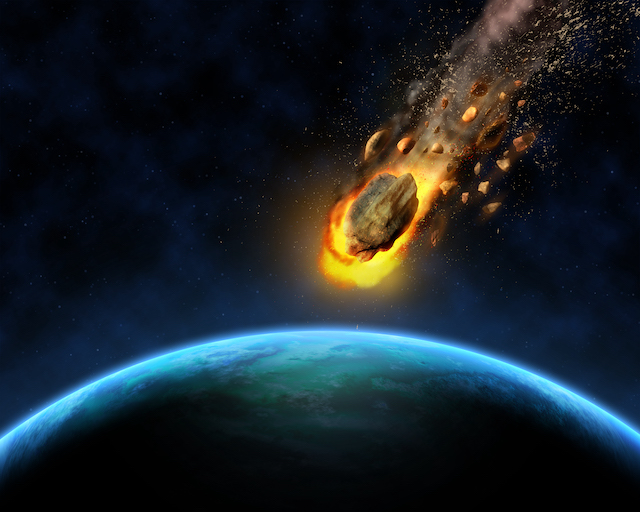Jakarta: Comet is a celestial star, also known as a tailed star, and is one of the member celestial bodies solar system.
Derived from the Greek word “Kometes” which means long hair. Just like the earth, comets also move around the sun, but sometimes comets can also be seen by humans.
Comets are made up of collections of dust and gases that freeze when away from the sun. constituent materials comet almost entirely composed of carbon dioxide, methane and water. As the comet approaches the sun, this material evaporates and forms the comet’s head and tail.
The comet tails formed by this evaporation can be very long, even reaching millions of km. Each comet has a different orbit, but comets take millions of years to orbit the sun once.
comet phenomenon
Comet is one of the celestial bodies visible from the earth. There are several amazing phenomena of passing comet, here are some of them:
-
Halley’s Comet is the most famous comet. This comet periodically passes close to the Earth, which is seen every 75-76 years. One of them was seen in 1986.
-
Comet De Kock-Paraskevopoulos, seen in 1941
-
Comet Hale Bopp, seen in 1997
-
Comet Ikeya Seki, seen in 1965
-
Comet West, seen in 1976
-
Comet McNaught, seen in 2007
-
Comet Eclipse, seen in 1948
-
Comet Kohoutek, seen in 1973
-
Comet Bennett, seen in 1970
-
Comet Lovejoy C/2011 W3, seen in 2011
-
Comet Mellish, seen in 1917
Comet parts
-
Comet nucleus
The nucleus of a comet can reach several kilometers, which varies for each comet because it depends on the number of particles that make up the comet. It consists of the evaporation of frozen materials that become incandescent gas, and is the densest part. This part is also the most visible from earth when the comet’s position is away from the sun.
-
Come
The coma is the part of the comet filled with fog or a veil-like area that envelops the comet. The coma is a dense area because it is exposed to vapor from the comet’s nucleus, which becomes more vaporous the closer you get to the sun.
-
Hydrogen layer
Comets have a layer of hydrogen surrounding their coma. This section can reach 20 million km, although the size of this section cannot be seen by the human eye.
-
Tail
Comet tails are formed by the luminous gas that appears as a comet approaches the sun, or forms when it is burned up by the sun. The tail of a comet can reach tens of kilometers and its shape is elongated.
Orbit of the comet
The orbits of comets have three shapes: elliptical, hyperbola and parabola. In general, the shape of a comet’s orbit as it orbits the sun is an ellipse. Comets cannot move in circular orbits because the gravitational pull of the planets will distort their paths into ellipses.
Almost all comets orbit a star and are closely related to the formation of the system. Short-period comets take tens to 200 years to complete an orbit. Short-period comets are also known as periodic comets. They shine periodically whenever the comet is close to the sun.
What do you think of this article?
Meanwhile, long-period comets take more than 200 years to orbit the sun. A long-period comet can orbit the sun for more than 250,000 years. Long-period comets are comets that orbit the Oort cloud, which is 50 times farther from the sun than the Kuiper belt.
(Tamara Pramesti Adha Cahyani)
(PALE)


